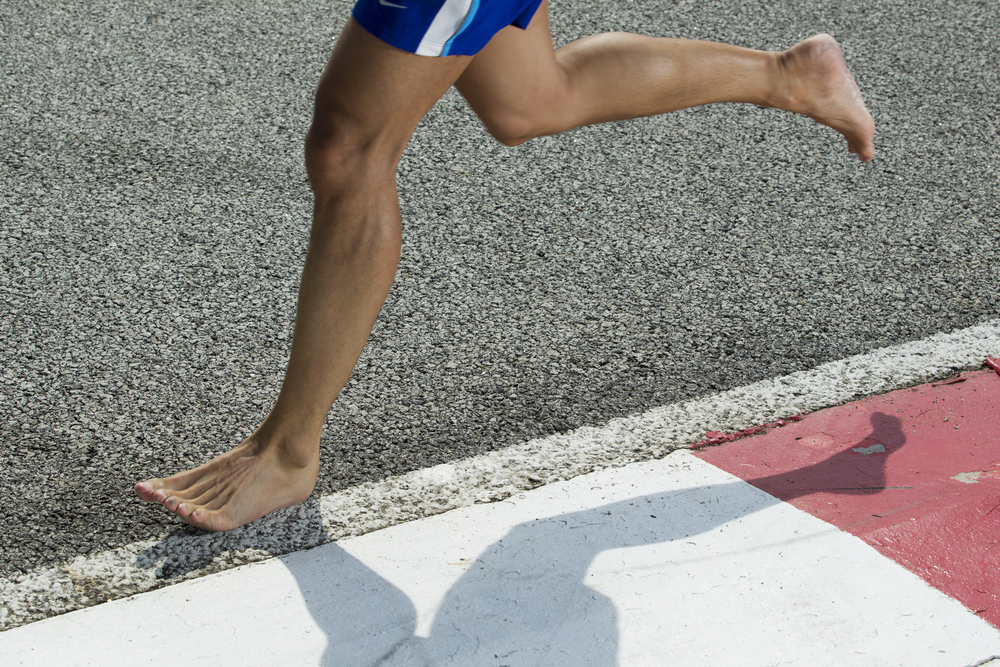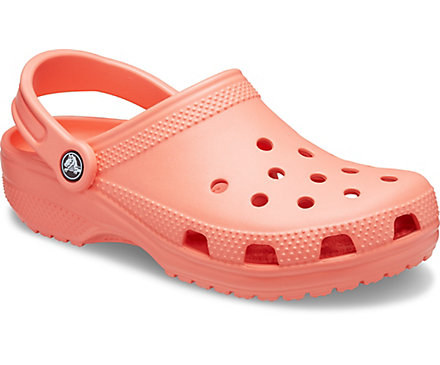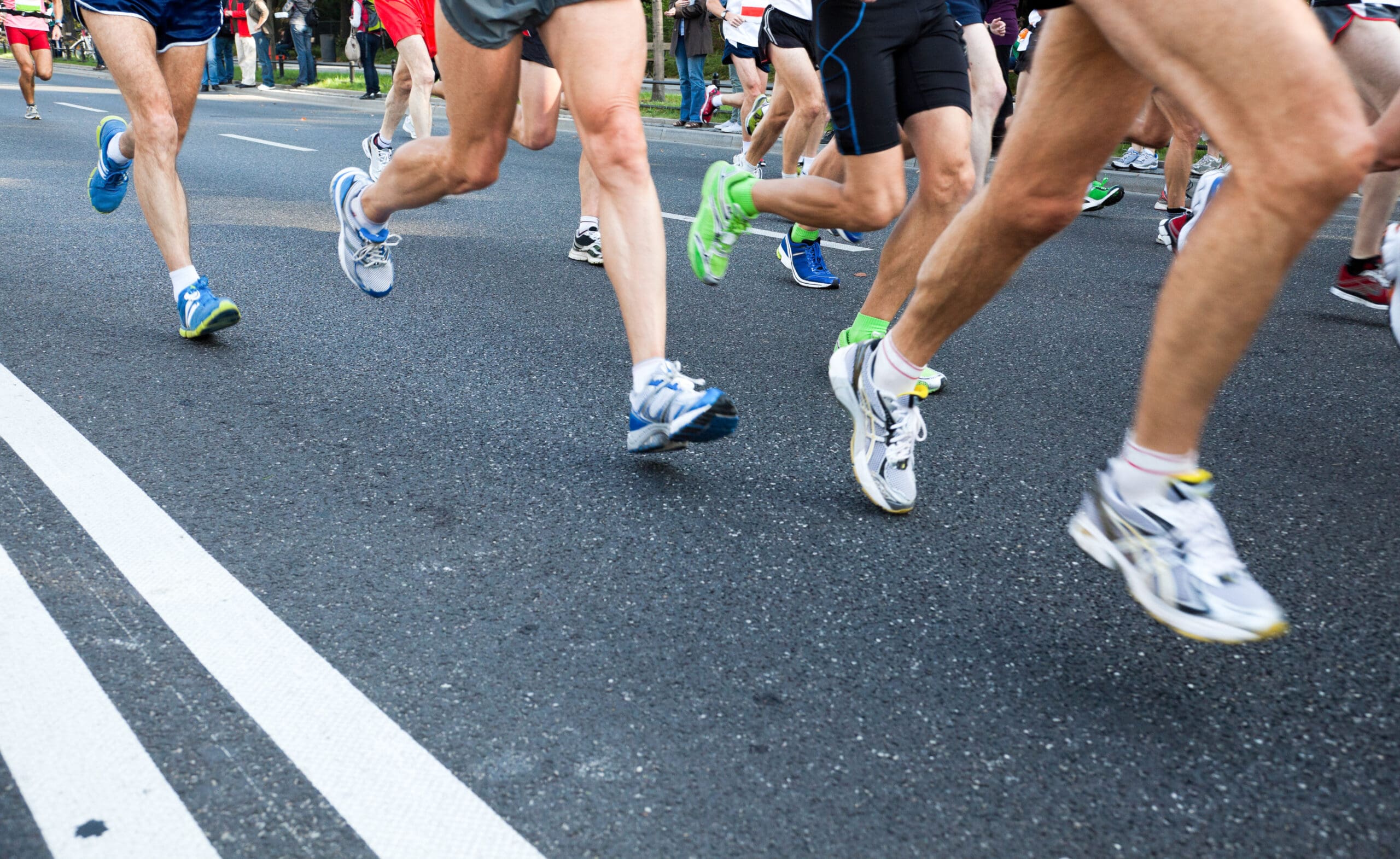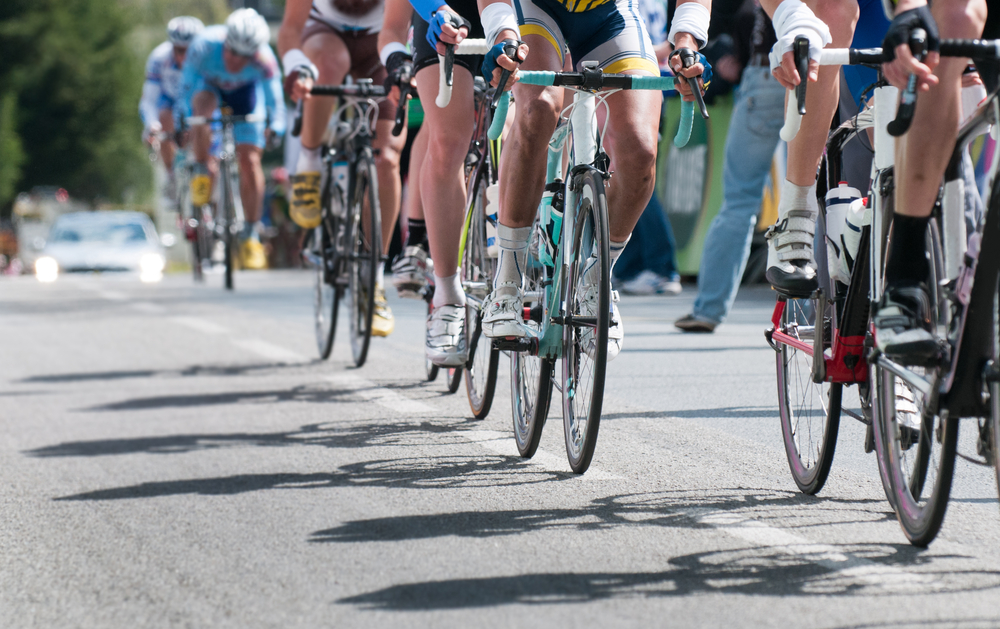Many people are interested in the health benefits of barefoot running, in particular its effects on the force of the foot. The research shows that running without minimalist shoes or footwear can be useful for the feet. Franklin et al. (2015) and Hryvniak et al. (2014) They discovered that this type of running helps to activate the muscles on the feet, which makes the arches stronger. The strongest arches can help prevent lesions that come from weak feet. Also, Perkins et al. (2014) They discussed how barefoot running promotes a more natural way of moving. This natural running can reduce tension on the lower legs, which is often a cause of injuries between the runners. Even if there can be risks when you start running barefoot, Tam et al. (2014) observed that the passage gradually to the racing barefoot can improve the strength of the foot and increase general health.
In addition to improving the strength of the foot, barefoot running can also help with the prevention of injuries. A study by Liesman et al. (2010) indicate that people running barefoot have a different running style, which often translates into a lower risk of common injuries to the leg and foot. The authors explain that this happens because the barefoot runners tend to land halfway or the midfoot rather than their heel, which can help distribute the impact forces in a more uniform way. Likewise, a review by Ryan et al. (2014) strengthens the idea that a natural running style, enabled barefoot, can lead to fewer injuries. So, while the transition to barefoot running should be faced with caution, many experts agree that it can contribute to a lower injury rate over time.
Execution is another important aspect relating to barefoot running. Several studies have explored how the running without shoes can improve energy consumption. A study by Davis et al. (2016) showed that barefoot runners often have a better movement economy, which means that they use less energy to run the same distance than the runners in traditional shoes. This is partly due to the fact that the barefoot running encourages a more efficient length and frequency. In addition, the ground feedback is better without shoes, allowing runners to adjust their gait and improve efficiency in a natural way (Bramble and Lieberman, 2004). If managed correctly, these efficiency gains can lead to better overall performance for runners who practice barefoot running.
Finally, the barefoot running connects people more closely to nature. Many supporters of this practice claim that the running barefoot allows people to feel the ground under their feet. A study by Krewson et al. (2016) discussed how this deeper connection with the environment can lead to greater enjoyment of the running and greater motivation to spend outdoor time. Being in nature has known benefits for mental health, such as reducing stress and improving mood. This interaction with nature can make the experience of running more pleasant and satisfying. These benefits show that barefoot running not only serves physical well -being, but also improves emotional and psychological health through a closer relationship with the natural world., In addition to physical health benefits, barefoot running is associated with remarkable advantages of injury prevention. Research shows that the transition to barefoot running can decrease the risk of common race -related injuries, especially those linked to overcoming and excessive cushioning found in traditional running (Nigg et al., 2015; Barton et al., 2016). Upon running barefoot, many people naturally adopt a foot contact in the middle of the foot instead of a heel contact. This change in running style helps spread the strength of impact more evenly throughout the foot and leg.
Several researchers point out that barefoot race encourages the best body mechanics in general, leading to fewer injuries. Natural barefoot movement can promote agility and strengthen muscles and tendons on the feet and legs, promoting a more robust general structure (Willy & Davis, 2011). Progressive strengthening of these muscles is crucial to maintaining proper form of the feet and helping to prevent injury.
In addition, barefoot running usually leads to a better sense of consciousness of the terrain. This increased sensory feedback can help runners develop better balance and coordination, which are also significant factors in preventing falls and injuries (Dixon et al., 2018). By becoming more in tune with the environment, runners can perform adjustments to their motion and posture that act as protection mechanisms against possible damage.
There is also an emotional aspect linked to barefoot race and injury prevention. Many runners report feeling more connected to the ground and the environment. This connection can improve mental well-being, which in turn can help individuals get more aware when running and reducing the chances of accidents and injury. Enhanced mental focus can lead to better running habits, such as listening to the body and taking necessary breaks when necessary.
The cumulative weight of evidence about the health benefits of barefoot running emphasizes its role in injury prevention. By encouraging natural feet mechanics, strengthening feet muscles and increasing body awareness, barefoot running presents a holistic approach to reducing the likelihood of injuries between corridors. It serves as a reminder that as we get involved with our environment – through activities such as running – they can have deep effects on our physical health and our relationship with nature., The environmental advantages and the connection to the nature of barefoot racing are essential to explore. Barefoot Running encourages people to run more outside, which helps them to appreciate the environment. This natural racing style often leads individuals far from gymnasiums and in parks, trails and beaches, promoting ecological ways of the exercise (Walton & French, 2016). When the runners leave the sidewalk and climb on natural surfaces such as grass or dirt, they promote a deeper appreciation for nature and become more aware of their environment. This change of environment can encourage runners to protect these natural areas.
In addition, running barefoot in the wild can have a positive impact on mental health. Research shows that exercise outside, especially in green environments, is linked to better mood and lower stress levels. Singh et al. (2019) found that participants who engaged in physical activities in natural environments said they felt more relaxed and happier compared to those who exercised inside. Likewise, Mottola et al. (2018) highlighted how to spend time in green spaces can improve psychological well-being. These advantages are particularly relevant for barefoot runners, who often have the possibility of connecting with the earth and their environment as you go. The feeling of grass, sand or dirt under the foot can create a more sensory experience that improves their appreciation for nature.
In addition, interaction with nature while operating barefoot can motivate individuals to adopt more sustainable practices. While barefoot runners become more connected to their environment, they may feel obliged to promote environmental conservation and to engage in activities such as cleaning or plea in nature. This connection can lead to a holistic lifestyle where health and environmental actions go hand in hand, which makes physical form not only a personal objective but also a means of benefiting the planet.
The simplicity of barefoot running is aligned with a more sustainable approach to physical form. By choosing minimal shoes at all or no shoes, runners can reduce their dependence on manufactured products, which can reduce waste and the carbon footprint associated with production. This aspect of barefoot running not only promotes individual health thanks to better functionality and better strength of the feet, but also align with behaviors concerned with the environment.
In summary, barefoot running serves as a bridge between personal health and environmental stewardship. The ability to run naturally increases the strength of the feet and reduces the risk of injury while encouraging movement outside in the wild. This practice supports mental well-being and cultivates a deeper respect for the environment, ultimately promoting a more sustainable lifestyle.
Citations:
Perkins, K.P., Hanney, W.J. and Rothschild, C.E., 2014. The risks and benefits of running barefoot or in minimalist shoes: a systematic review. Sports Health, 6(6), pp.475-480. https://journals.sagepub.com/doi/abs/10.1177/1941738114546846
Tam, N., Wilson, J.L.A., Noakes, T.D. and Tucker, R., 2014. Barefoot running: an evaluation of current hypothesis, future research and clinical applications. British journal of sports medicine, 48(5), pp.349-355. https://bjsm.bmj.com/content/48/5/349.short
Walton, P.D. and French, D.P., 2016. What do people think about running barefoot/with minimalist footwear? A thematic analysis. British journal of health psychology, 21(2), pp.451-468. https://bpspsychub.onlinelibrary.wiley.com/doi/abs/10.1111/bjhp.12180
Kaplan, Y., 2014. Barefoot versus shoe running: from the past to the present. The Physician and sportsmedicine, 42(1), pp.30-35. https://www.tandfonline.com/doi/abs/10.3810/psm.2014.02.2045
Hryvniak, D., Dicharry, J. and Wilder, R., 2014. Barefoot running survey: Evidence from the field. Journal of Sport and Health Science, 3(2), pp.131-136. https://www.sciencedirect.com/science/article/pii/S2095254614000337
Franklin, S., Grey, M.J., Heneghan, N., Bowen, L. and Li, F.X., 2015. Barefoot vs common footwear: A systematic review of the kinematic, kinetic and muscle activity differences during walking. Gait & posture, 42(3), pp.230-239. https://www.sciencedirect.com/science/article/pii/S0966636215004993
Barton, C.J., Bonanno, D.R., Carr, J., Neal, B.S., Malliaras, P., Franklyn-Miller, A. and Menz, H.B., 2016. Running retraining to treat lower limb injuries: a mixed-methods study of current evidence synthesised with expert opinion. British journal of sports medicine, 50(9), pp.513-526. https://bjsm.bmj.com/content/50/9/513.short
Esculier, J.F., Dubois, B., Dionne, C.E., Leblond, J. and Roy, J.S., 2015. A consensus definition and rating scale for minimalist shoes. Journal of foot and ankle research, 8(1), p.42. https://link.springer.com/article/10.1186/s13047-015-0094-5
Bus, S.A., Lavery, L.A., Monteiro‐Soares, M., Rasmussen, A., Raspovic, A., Sacco, I.C., van Netten, J.J. and International Working Group on the Diabetic Foot, 2020. Guidelines on the prevention of foot ulcers in persons with diabetes (IWGDF 2019 update). Diabetes/metabolism research and reviews, 36, p.e3269. https://onlinelibrary.wiley.com/doi/abs/10.1002/dmrr.3269
Nigg, B.M., Baltich, J., Hoerzer, S. and Enders, H., 2015. Running shoes and running injuries: mythbusting and a proposal for two new paradigms:‘preferred movement path’and ‘comfort filter’. British journal of sports medicine, 49(20), pp.1290-1294. https://bjsm.bmj.com/content/49/20/1290.short
Mottola, M.F., Davenport, M.H., Ruchat, S.M., Davies, G.A., Poitras, V.J., Gray, C.E., Garcia, A.J., Barrowman, N., Adamo, K.B., Duggan, M. and Barakat, R., 2018. 2019 Canadian guideline for physical activity throughout pregnancy. British journal of sports medicine, 52(21), pp.1339-1346. https://bjsm.bmj.com/content/52/21/1339?fbclid=IwAR20qqSVdurewL7rQXyj5qZtZpu_VmpLnXnRurLbl7VRS4WcwfVOVeBb1QY
Singh, A.S., Saliasi, E., Van Den Berg, V., Uijtdewilligen, L., De Groot, R.H., Jolles, J., Andersen, L.B., Bailey, R., Chang, Y.K., Diamond, A. and Ericsson, I., 2019. Effects of physical activity interventions on cognitive and academic performance in children and adolescents: a novel combination of a systematic review and recommendations from an expert panel. British journal of sports medicine, 53(10), pp.640-647. https://bjsm.bmj.com/content/53/10/640.short
University lecturer, runner, cynic, researcher, skeptic, forum admin, woo basher, clinician, rabble-rouser, blogger, dad.



